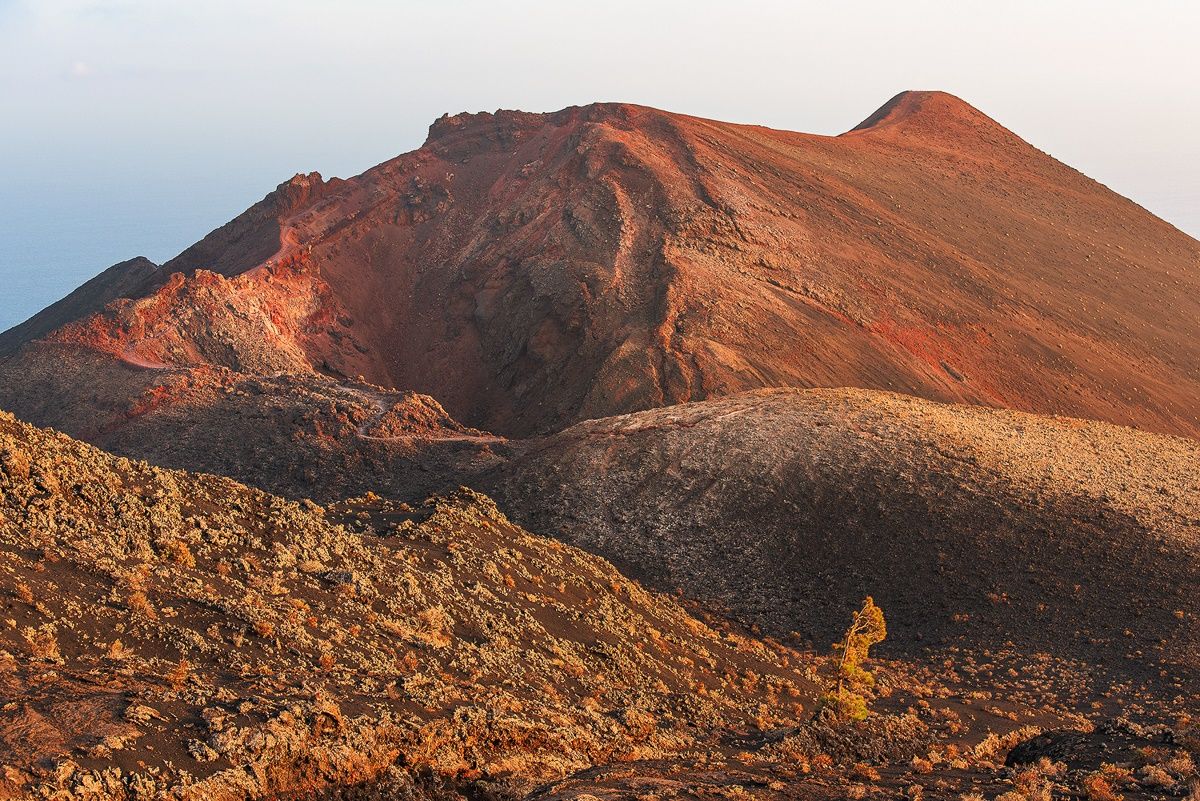TENEGUÍA VOLCANO
Tuesday, October 26, 1971, 4:25 p.m. After six days of insistent tremors that keep the inhabitants of La Palma and of course, the residents of Fuencaliente, the earth begins to crack. Large columns of smoke and stones emerged from its entrails, as it began to spit out a torrent of lava.
After the bafflement and fear, it led to the evacuation of the closest areas, with a certain sense of relief for its inhabitants: the incandescent ashes advance towards the sea, devastating uninhabited areas in his path. A new volcano has been born. Baptized as Teneguía, the name of a rock near the place of the eruption, it will hardly cause material damage to some vine growing areas and a small part of the coastline.
The eruption lasts 23 long days, during which several vents are opened, cracks increase and the expulsion of ashes, among perceptible earthquakes throughout the island. The young geological structure becomes a great attraction beyond the Canary Islands.


During this period of eruption, the island fills up with journalists, curious people, geology lovers and tourists in general who want to know first-hand the trace left by what is today the last superficial eruption in Spain.
The birth of the Teneguía, in addition to transforming the island’s landscape – it is estimated that the volcanic material made the surface of La Palma grow by about two million m2 – it changed its economic structure. And it is that, until 1971, it had a scarce tourist infrastructure, which exploded in the following years.
A privileged natural place
Half a century later, the Teneguía volcano continues to be one of the most visited natural places on an island that treasures corners of great beauty and geological wealth. A place of great contrasts, with a green and rugged north and a south of spectacular volcanic landscapes. It is one of the most unique experiences that someone must live.
You will find more information at the San Antonio Volcano Visitor Center.



